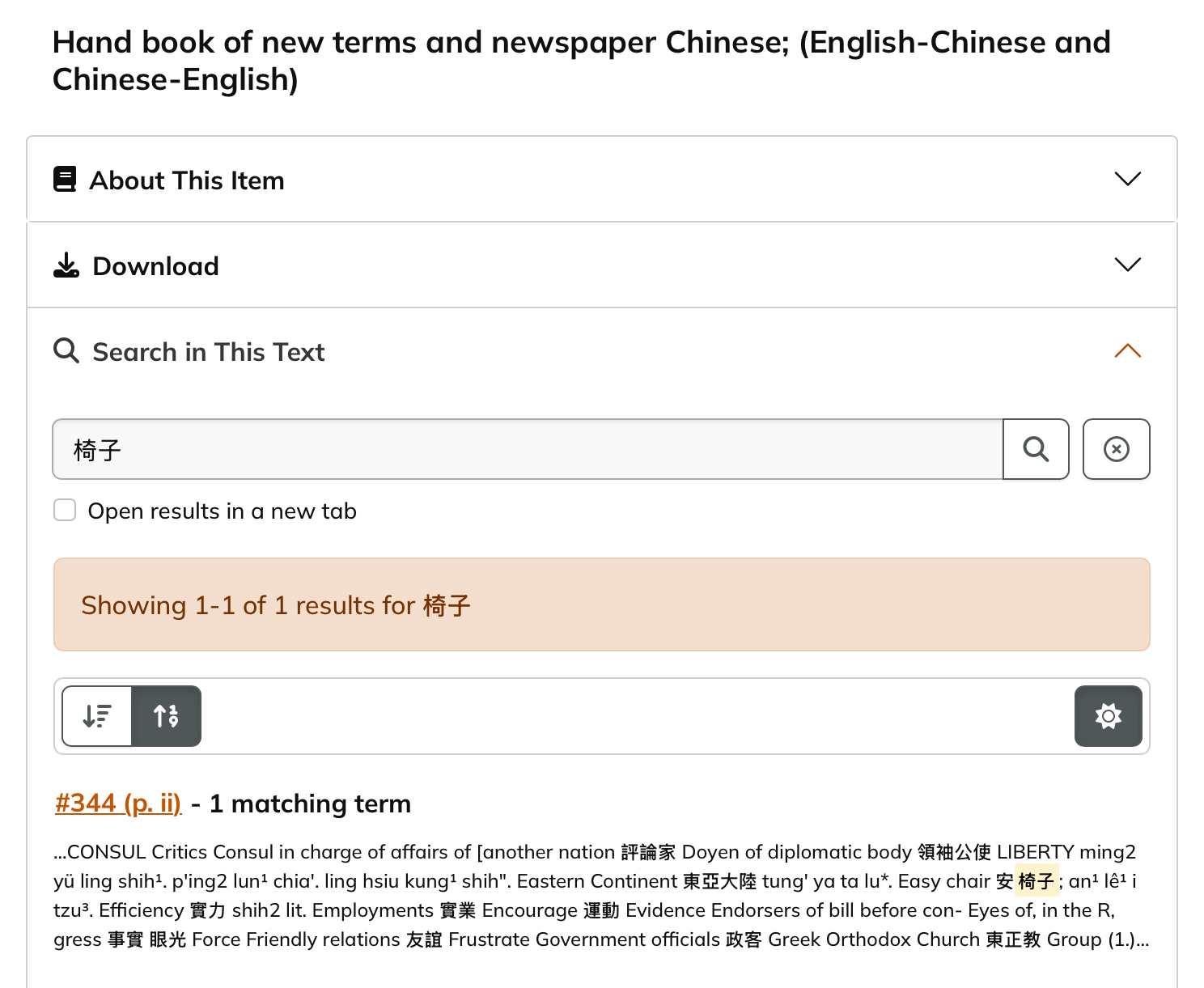Pitfalls in Historical Lexicography
Gleanings from HuangSupplement
diachronic semantics
- 汽車,2,noun,1855,,B. Hobson『博物新編』,
+ 汽車,2,noun,1903,近有法人与英人及他国人合擬賭賽。汽車由法京巴黎斯至日斯巴尼亜京城馬得利脱。,『申報』5月27日「賽車肇事」,
汽車 always meant train in the 19th century. All exx. in Chao (2016), p. 232, actually refer to trains.
That’s Chu Chün-sheng’s 望文生訓.
encyclopedic lemma
Han yü ta tz’u tien (2nd edn), s.v. 二十四史:
指二十四部纪传体史书。明有二十一史之目,清乾隆四年又增《明史》《旧唐书》《旧五代史》,合称“二十四史”。
This creates the impression that the name 二十四史 first appeared c1739. The actual use of the word, however, came much later:
+ 二十四史,/,noun,c1796 (c1791),余在長沙養疾讀史記以下諸史日有恆課摘二十四史同姓名錄,汪輝祖『病榻夢痕錄·卷下』49 (XD104),cf. 與歐陽脩書並列共爲二十有四: c1795 (四庫總目卷四十五)
The name always came after the thing unless the thing was actually named at the time it was created.
etymology vs semantics
+ 方言,dialect,noun,1906,「統一方言說畧」,"沈敦和 in『寰球中國學生報』1/1, 26",
+ 方言學,dialectology,noun,1920,(表)訓詁{縱方面、—古訓學 橫方面、—現代方言學,沈兼士 in『時事新報』8月31日第七版,
Anyone with a cursory familiarity with the modern lingua franca will understand fang yen in the sense of ‘dialect’. A word’s meaning in current Mandarin has nothing to do with its etymology in pre-modern Chinese.
See also consistency of sets.
general vs technical vocabulary
+ 方言,dialect,noun,1906,「統一方言說畧」,"沈敦和 in『寰球中國學生報』1/1, 26",
A word’s meaning in everyday language is not determined by how it’s defined in specialist textbooks.
IC analysis
忠厚老成者擯之為無能,俠少儇辨者取之為可用,守道愛國者謂之為流俗,敗常害民者謂之為通變。
I do not think 愛國者 here is a constituent. I’m leaning towards
[[守道][愛國]者]謂之為流俗where 者 is not attached to 愛國 as a suffix.
pull/2#issuecomment-2539182438
new edition, new name
Schmidt mistakenly dated Hand Book of New Terms and Newspaper Chinese to 1913, when it was first published in 1917 (see preface in the book dated 1917, where Mateer stated that the 1917 Hand Book of New Terms and Newspaper Chinese was an improvement to the New Terms for New Ideas published in 1913.
pull/2#issuecomment-2541665188
no punctuation
- 布丁,/,noun,1843,土產西洋布丁、香肉、果水、安息、蘇合油之屬,魏源『海國圖志』卷十五,
The correct reading is 西洋布、丁香、肉果、水安息、蘇合油.
original punctuation
It was a 。 in the 1934 edition of 飲冰室全集. 自由書 was originally written in 1899.
This is actually non-trivial: even when an author personally oversaw the production of their own collected edition, there’s no guarantee that what they print there reflects what they printed the first time.
What gets changed may be a punctuation mark, but it could just as likely be a word.
original vs translation
The following texts are commonly cited in scholarship from a translation instead of the original version:
- 古今情海
- 彭公案 (CCL)
- 泣紅亭
Always use a checklist of editions!
reinventing the wheel
- 本文,the original (text),noun,1857,合衆領事、及日本官、於兩國方言文字、均不能互相明曉、故於合約中准用荷蘭字為本文,"『六合叢談』1/12, 11",
本文 in this sense dates back to 3rd century
- 本土,local,adjective,1857,有本土邏卒四人、為華民所殺,"『六合叢談』1/4, 15+",
This sense of 本土 dates back to 11th century
reverse translation
- 內容,/,noun,1839,,林則徐『嚴禁本地民人與外人非法往來交易告示』,
Even the very title of this proclamation came from a translation by the editors of Lin. See https://books.google.com/books?id=ngMMAAAAYAAJ&pg=PA212.
為迄今中外資料中未見原文者,現按英文譯回來。
same set, same period
- 槍彈,/,noun,1874,大日斯巴尼亞國 定造鎗並鎗彈,"『萬國公報』306, 21?",
- 槍械,/,noun,1872,…,志剛『初使泰西記』,
+ 槍彈,/,noun,s.xvii,受數百槍彈從脅穿透,『行在陽秋·下』,
+ 槍械,/,noun,1600,疏火器鳥銃長短槍械法,『譚襄敏奏議·序』,
槍彈 & 槍械 are in a set with 槍砲 (1643) and should date from the same period.
Cf. consistency of sets.
same word, different orthography
+ 偶像,/,noun,1927,我好像也已經成了偶象了,魯迅『兩地書·一〇五』,metaphorical
A word is a word whatever its surface orthography. The phenomenon, of course, is a very old one in Chinese.
See further Orthographic alternation.
same year, whose priority?
- 兵工廠,/,noun,1917,"Arsenal 軍械局, 兵工廠","A. H. Mateer, _Hand Book of New Terms and Newspaper Chinese_",
Antedating fails. Huang cites 朱執信 1917 中國存亡問題 as a source.
Mateer’s cut-off date was mid-1916 according to herself, and Chu is known to be penning his in 1917. We do want to establish the exact priority here.
searching OCR layer
安樂椅子 not found in New Terms for New Ideas (1913) or Hand Book of New Terms and Newspaper Chinese (1917)

Characters can easily get dropped so you just have to search for all the substrings as well before you can say for sure that it’s not there.
That’s the lexicology counterpart to the phonetician Chao’s 言無難.
Cf.
… Edward K. Conklin's antedating of 'Justice delayed is justice denied.' from 1868 to 1646 in Shapiro (2018).